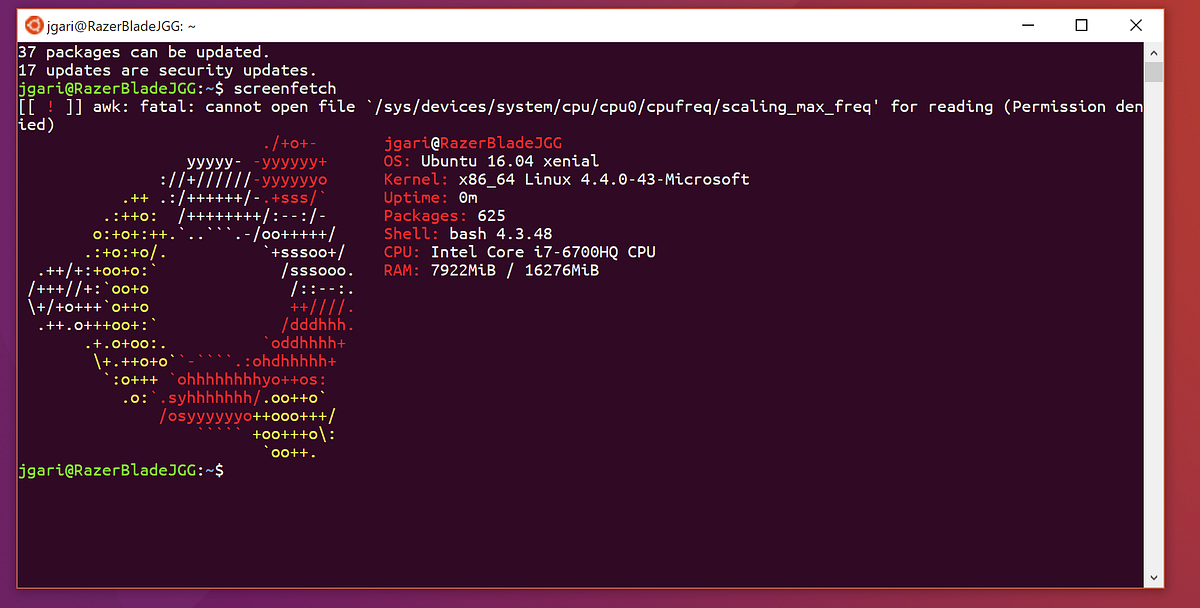

You can save both the command output and command error in the same file using 2>&1 like this:īasically, 0 stands for standard input, 1 for standard output and 2 for standard error. If your Linux command returns an error, it doesn’t get saved in the file. And then later, it replaces the content of the file with the output of ls *.c command. It first saves the output of ls -l command. The example below demonstrates it better. If you use the > redirect again with the same file, the file content is replaced by the new output. If the file.txt doesn’t exist, it will be created automatically. Use the STDOUT redirection operator > for redirecting the output to a file like this: command > file.txt

The > redirects adds the command output at the end of the existing content (if any) of the file.The > redirects the command output to a file replacing any existing content on the file.With redirection operator, instead of showing the output on the screen, it goes to the provided file. You can use redirection in Linux for this purpose. Method 1: Use redirection to save command output to file in Linux

Now, you can surely copy and paste in Linux terminal but there are better ways to save the output of a shell script or command in Linux command line. There will be times when you need to save the output to a file for future references. When you run a command or script in the Linux terminal, it prints the output on the screen for your immediate viewing.


 0 kommentar(er)
0 kommentar(er)
